





 **Attention Minnesota Twins fans!!** If you haven't been to a game at Target Field yet, today is the perfect opportunity for you! The Twins will host the Detroit Tigers tonight at 7:10pm and Ticket King still has a huuuuuge selection of cheap Twins vs. Tigers tickets for you to choose from! Our upper level seats currently start at just $15 per ticket or lowers start at $35 each. We have some amazing deals right now with the majority of our seats BELOW face value! Also, remember that your tickets can easily be picked up before the game from our Minneapolis office located at 212 Chicago Avenue South. Don't wait too long, these tickets are flying out the door! GO TWINS!!!!
**Attention Minnesota Twins fans!!** If you haven't been to a game at Target Field yet, today is the perfect opportunity for you! The Twins will host the Detroit Tigers tonight at 7:10pm and Ticket King still has a huuuuuge selection of cheap Twins vs. Tigers tickets for you to choose from! Our upper level seats currently start at just $15 per ticket or lowers start at $35 each. We have some amazing deals right now with the majority of our seats BELOW face value! Also, remember that your tickets can easily be picked up before the game from our Minneapolis office located at 212 Chicago Avenue South. Don't wait too long, these tickets are flying out the door! GO TWINS!!!!
 The theory of multiple intelligences urges a rethinking of how teachers should approach subjects and topics. If children do not learn in any one way, then the teacher truly must teach "in the way the child learns." Guided by the very diverse intellectual profiles of students in a classroom, teaching must become less of a single approach aimed at all students and more of a crafted effort to engage the multiple intelligences, or potentials, represented in the room.
The theory of multiple intelligences urges a rethinking of how teachers should approach subjects and topics. If children do not learn in any one way, then the teacher truly must teach "in the way the child learns." Guided by the very diverse intellectual profiles of students in a classroom, teaching must become less of a single approach aimed at all students and more of a crafted effort to engage the multiple intelligences, or potentials, represented in the room. Over the last decade, Howard Gardner's influential theory of multiple intelligences has almost revolutionized the way many psychologists and educators think of intelligence. For almost a century psychometricians, or intelligence testers, had seen it as a fixed trait—IQ tests demonstrated that you were either "smart," "normal," or "deficient." Gardner, on the other hand, has argued that intelligence is multifaceted and dynamic—expanding far beyond the linguistic and logical capacities that are traditionally tested and valued in schools.
Over the last decade, Howard Gardner's influential theory of multiple intelligences has almost revolutionized the way many psychologists and educators think of intelligence. For almost a century psychometricians, or intelligence testers, had seen it as a fixed trait—IQ tests demonstrated that you were either "smart," "normal," or "deficient." Gardner, on the other hand, has argued that intelligence is multifaceted and dynamic—expanding far beyond the linguistic and logical capacities that are traditionally tested and valued in schools. These learners need to see the teacher's body language and facial expression to fully understand the content of a lesson. They tend to prefer sitting at the front of the classroom to avoid visual obstructions (e.g. people's heads). They may think in pictures and learn best from visual displays including: diagrams, illustrated text books, overhead transparencies, videos, flipcharts and hand-outs. During a lecture or classroom discussion, visual learners often prefer to take detailed notes to absorb the information.
These learners need to see the teacher's body language and facial expression to fully understand the content of a lesson. They tend to prefer sitting at the front of the classroom to avoid visual obstructions (e.g. people's heads). They may think in pictures and learn best from visual displays including: diagrams, illustrated text books, overhead transparencies, videos, flipcharts and hand-outs. During a lecture or classroom discussion, visual learners often prefer to take detailed notes to absorb the information.  Information about learning styles and Multiple Intelligence (MI) is helpful for everyone especially for people with learning disabilities and Attention Deficit Disorder. Knowing your learning style will help you develop coping strategies to compensate for your weaknesses and capitalize on your strengths. This page provides an explanation of what learning styles and multiple intelligence are all about, an interactive assessment of your learning style/MI, and practical tips to make your learning style work for you.
Information about learning styles and Multiple Intelligence (MI) is helpful for everyone especially for people with learning disabilities and Attention Deficit Disorder. Knowing your learning style will help you develop coping strategies to compensate for your weaknesses and capitalize on your strengths. This page provides an explanation of what learning styles and multiple intelligence are all about, an interactive assessment of your learning style/MI, and practical tips to make your learning style work for you. 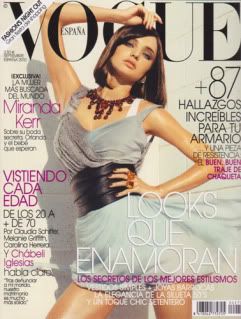


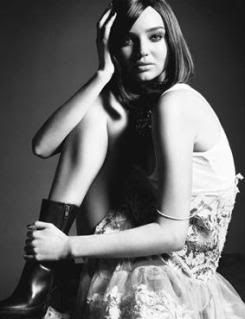


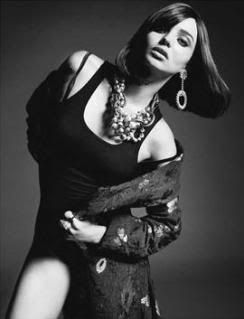


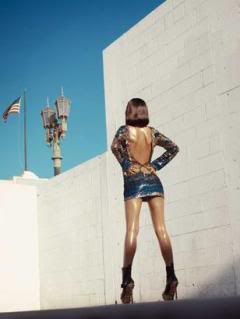



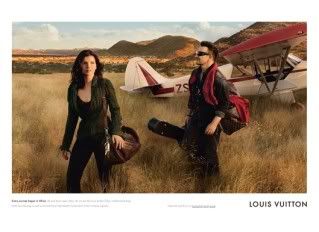
I went to the magazzino, and there they were: big stacks of papers wrapped in sheets of clear plastic.It's a storage place. And, you know, guns have magazines.
Article I. Authentic narrative of the cafe of a lady who was lately violently forced from her apartments by ruffians, with an intent to transport or murder her
VII. Imaginary tour thro' cometary orbits.
X. Origins of the custom of burning the dead.
XII. Dramatic story of the Orphan of China.
XVI. Prudence, its influence on the conduct of life.
What happened to the Orphan of China!
 http://www.youtube.com/watch?v=ks0P1u6-OUY
http://www.youtube.com/watch?v=ks0P1u6-OUYYou want me to come over I got an excuse Might be holding your hand but i’m holding it loose Go to talk then we choke its like our necks in a noose Avoid the obvious we should be facing the truth
Start to think it could be fizzling out Kinda shocked because I never really had any doubts Look into your eyes imagine life with out ya
And the love kick starts again Starts again
The Love kick starts again Starts again
Its the same old you the same old me You get bored and I get cold feet Get high get wandering eyes Forget i’ve never ever had it so sweet I realise what I got when I’m out of town Cos deep down you’re my girl in a golden crown My princess and I don’t wanna let you down No I Don’t wanna let you down down down down
You want me to come over I got an excuse Might be holding your hand but im holding it loose Go to talk then we choke its like our necks in a noose Avoid the obvious we should be facing the truth
Start to think it could be fizzling out Kinda shocked because I never really had any doubts Look into your eyes imagine life with out ya
And the love kick starts again Starts again
Dirty track. Enjoy :)